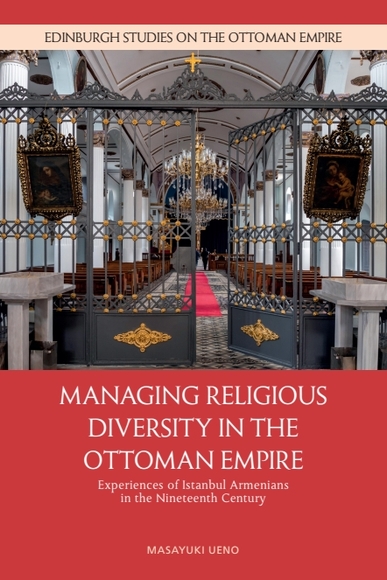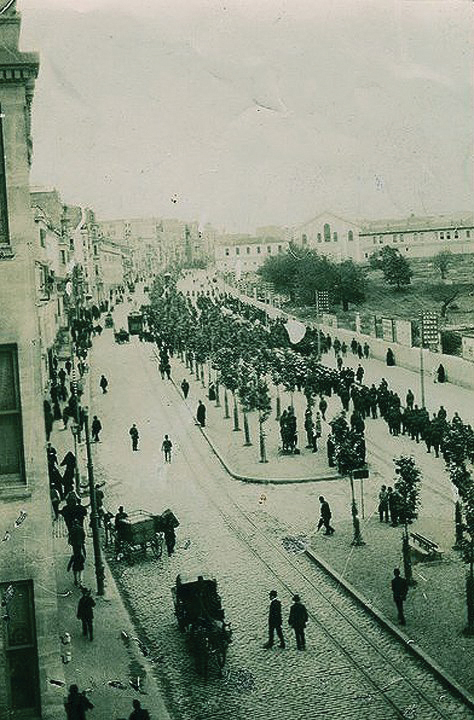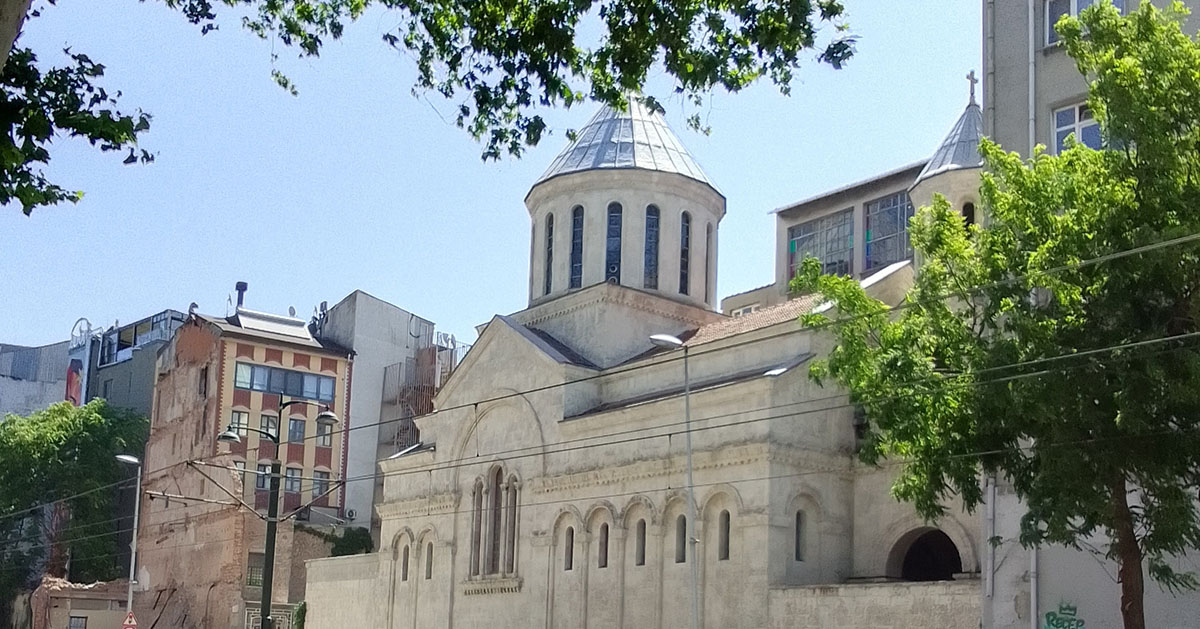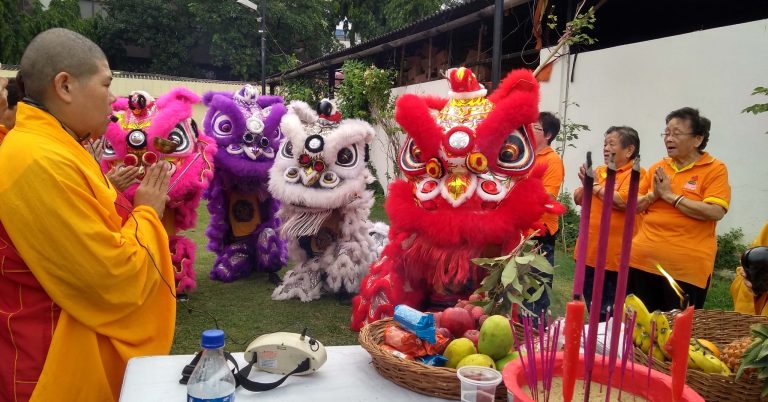
By Masayuki Ueno

Masayuki Ueno is the author of Managing Religious Diversity in the Ottoman Empire, which provides a new account of the relationship between the Ottoman Empire and its non-Muslim subjects.
The Ottoman Millet System
The Ottoman Empire, at various points in its history, ruled territories encompassing present-day Turkey, Greece, Bulgaria, Syria, Egypt and beyond. Characterised by the coexistence of multireligious and multiethnic peoples, the empire’s governance of such a diverse population garnered scholarly attention in the twentieth century. The prevailing explanation that emerged from this attention—and which gained significant traction among scholars—was the millet system theory. This analytical framework was first proposed by Alford Carleton in 1937 and popularised by H.A.R. Gibb and Harold Bowen in 1957.
The millet system posits that, from the mid-fifteenth century until the early twentieth century, the Ottoman Empire—where Muslims comprised around two-thirds of the population and constituted its ruling elites—divided the Christians and Jews under its rule, who made up the remainder, into three religious communities (millets), irrespective of ethnicity. The empire is thought to have exercised indirect rule, granting autonomy to the Orthodox Christian and Armenian millets through their respective Istanbul Patriarchs – the heads of the clergy – and to the Jewish millet through the chief rabbi in the city. The millet system was perceived as a manifestation of the empire’s tolerance towards non-dominant groups, a tolerance believed to have sustained the longevity of Ottoman multireligious and multiethnic society.

While historians of the Ottoman Empire have long questioned the validity of the millet system, it has still been referenced in recent years by scholars in political science and sociology as an example of multicultural coexistence. This divergence stems from the lack of thorough exploration into the actual arrangements between the empire and non-Muslim religious authorities, especially in its later history. What arrangements did the empire establish with these authorities, and how did they evolve over time? Addressing these questions necessitates a focus on the political needs of the empire’s ruling circles, rather than reducing Ottoman attitudes towards non-Muslims to mere tolerance.
Change over time

Ottoman arrangements with non-Muslim religious authorities can be divided into three distinct stages. The first stage spans from the early Ottoman period until the late seventeenth century, during which the Ottomans prioritised financial gains from the ecclesiastical networks of their Christian subjects, without necessarily seeking to enhance the power of their religious authorities.
The second stage, which lasted from the late seventeenth century to the early nineteenth century, retained financial considerations as an institutional framework. However, addressing the proselytising activities of foreign Catholic missionaries and preventing the Catholic conversion of non-Muslim subjects became increasingly important. This shift necessitated the Ottoman government to strengthen the authority of the Orthodox Christian and Armenian patriarchates in Istanbul, establishing them as the core of their respective church hierarchies.
The third stage, beginning in the mid-nineteenth century, saw the Ottoman government increasingly viewing the clergy as a potential threat that could provide a pretext for foreign intervention, leading to efforts to exert greater control over them.
About Managing Religious Diversity in the Ottoman Empire
Managing Religious Diversity in the Ottoman Empire focuses on one major non-Muslim group, the Armenians, and their religious authority, the Istanbul Patriarchate. The book begins its exploration with the transition from the first to the second phase described above and examines the relationship between the empire and the patriarchate, primarily during the third phase. In doing so, it makes extensive use of Ottoman archival documents, alongside Armenian and Armeno-Turkish sources. It specifically addresses how the empire’s ruling circles increased their reliance on non-Muslim religious authorities at the turn of the eighteenth century while, from the mid-nineteenth century, attempting to limit the influence of non-Muslim clergymen and restrict the scope of non-Muslim communal activity. Furthermore, the book highlights the responses of the Armenian lay and ecclesiastical elites in Istanbul, who did not passively accept the curtailing of their rights and privileges. Instead, they actively sought ways to protect and even expand their collective rights, striving to secure their position within the multireligious empire both as individuals and as members of a religious community.
I hope that my book, along with my recent article published in Comparative Studies in Society and History, will contribute to a deeper understanding of the development of arrangements between the Ottoman state and non-Muslim religious authorities.
About the author
Masayuki Ueno is Associate Professor of Asian History at Osaka Metropolitan University. He has published articles in International Journal of Middle East Studies (2013, 2022), Journal of the Social and Economic History of the Orient (2016), Comparative Studies in Society and History (2025), as well as articles and book chapters in Japanese.






